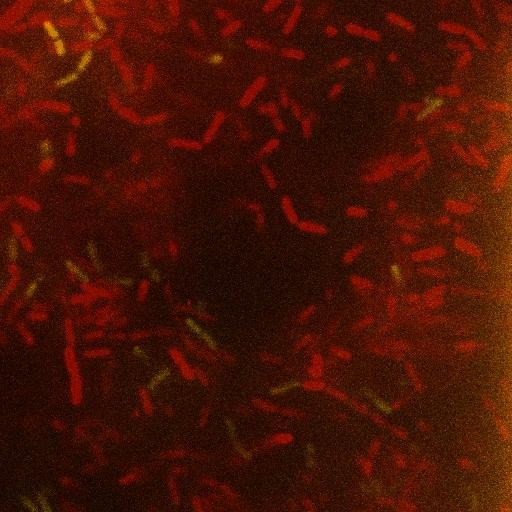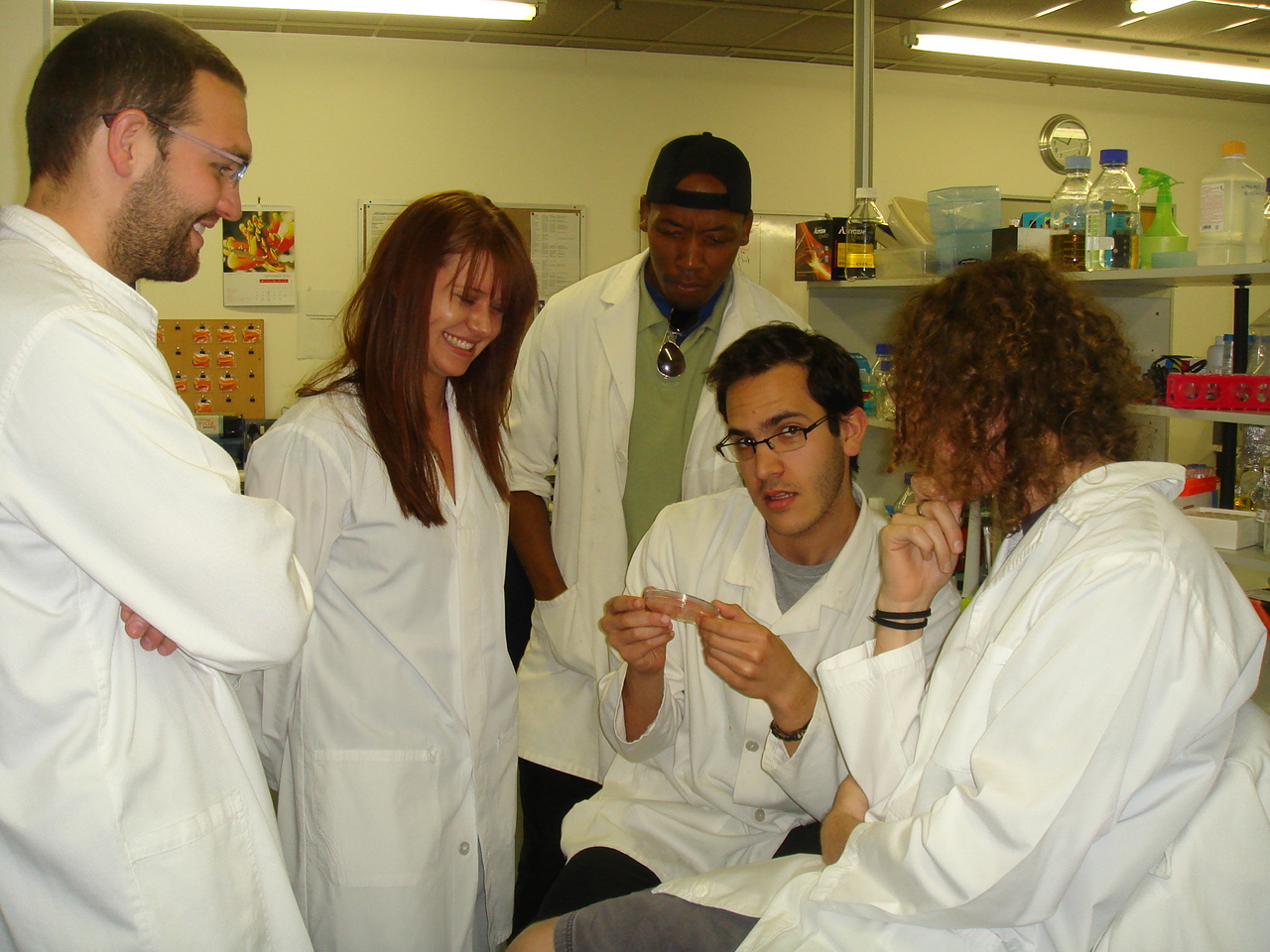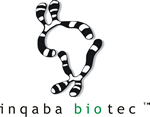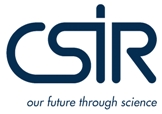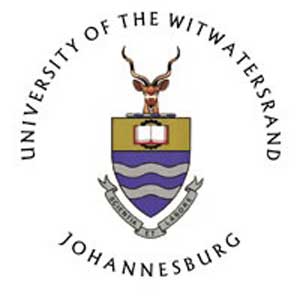Team:WITS-South Africa
From 2010.igem.org

Our Project - Lactoguard
So what is "Lactoguard?"
It is a whole-cell biosensor for the immediate, in vivo detection of Human Papillomavirus (HPV), and thus cervical cancer, in the form of an engineered commensal vaginal bacterium. It is a safe, low-cost and easy-to-administer machine intended primarily for women in resource-poor settings.
The link between HPV and cervical cancer is well-established; and while there are vaccines available against HPV, they are limited (due issues around cost and accessibility) in their ability to prevent disease burden in developing countries, where 80% of cervical cancer deaths occur annually.
This inspired the search for a method of detecting the virus that will alert an infected individual that they have been exposed. The machine also has the potential to be further adapted to neutralise the virus and prevent the infection from spreading.
The chassis of our machine, Lactobacillus gasseri, is a predominant commensal vaginal microbe and is ideally situated to detect and deter HPV. Interbacterial communication is achieved by quorum sensing, which has been studied in detail in various organisms such as gram positive bacilli and thus we have elected to use one of these pathways as the means of propagating the response signal throughout the population. Each bacterium will produce a visible reporter on receipt of the signal which the infected woman would be able to detect without medical assistance shortly after infection.
It works!
We made two different species of bacteria talk to one another using a chemical communication system from a third. So as to verify this chatter, we ventured oh-so far and oh-so wide to find such an instrument capable of viewing our creation. Via the use of fluorescent microscopy, we were able to verify the activation of our individual machines!
Click here for more information.
Meet the team
Wits South Africa 2010 is the first team from Africa ever to particpate in the iGEM competition! We are very excited to be representing our country and continent and hope to pave the way for more African teams to get involved in Synthetic Biology and the iGEM competition.
Our team consists of students from various disciplines such as molecular biology, mathematics, engineering and philosophy. Whilst the biologists will focus on building the machine in the wetlab, the mathematicians and engineers will model its predicted behaviour and effect in vivo whilst the philosopher will focus on the ethics of creating such a machine for medical application.
For more information on the Wits South Africa team go to Students.
Parts submitted to the Registry
- Lac1/AraC Promoter: The inducible promoter serving as a proxy for infection
- PlcR-PapR Fusion Protein: The positive-feedback signal-propagating quorum molecule
- Venus: The YFP variant used in fluorometric analysis
- PlcR Promoter: The PlcR-PapR fusion protein-responsive promoter
- SpooA: The negative feedback regulator of the machine
What we achieved this year
Although the development of biological machines and parts is an important part of the iGEM competition, there is more to iGEM than just biology. We really got into the spirit of the competition, which encourages a collaborative, multi-disciplinary and open-source approach. This is reflected not only by our team, which is composed of budding researchers from a variety of fields, but also by the fact that during the course of our project we reached out to the public and the media, as well as to other experts around the world. When designing our project we consulted a diverse group of scientists, both South African and international, for help in refining and tweaking our idea. Everyone whom we approached was happy to help and share their knowledge with us. We are very grateful to everyone who responded so positively with information, time and resources, even setting up Skype dates at awkward times, given time zone differences. A list of our partners and sponsors can be found at the bottom of this page.
We also received a very positive response from the media, when it came to sharing our project idea and the concept of Synthetic Biology with the public. We were invited to be part of a 'Future Science' panel in a Reporting Science Conference held in September and discussed Synthetic Biology and the iGEM competition with a range of science journalists, science communicators and science and journalism students. Several South African newspapers and radio stations also covered our participation in the competition.
Project-wise, we developed our biobricks, spent hours in the lab honing our skills (digesting, ligating and transforming until we could do it in our sleep!), dissected our machines and their uses from many different perspectives, from maths to ethics. We learnt the hard way that biology can be very unpredictable, revised our ideas over and over again, got up close and personal with our bacteria, and danced around the lab when we turned them pink. We explored avenues of science previously unknown to us and looked at our own familiar fields from a completely different perspective. We made rookie errors and leaps of faith and many, many agarose gels.
In short, we had an absolute blast being part of iGEM 2010.
Where are you viewing from?
The map below indicates where the people who view our wiki are from. This is a cool way to see how far our message is spreading!
Sponsors and Partners
The Wits iGEM team gratefully acknowledges the contribution of the following sponsors and partners. We would like to thank everyone for their support. BiPed Biotech and Inqaba Biotech
- The University of the Witwatersrand - Faculty of Health Sciences, Faculty of Engineering and the Built Environment, and the Vice-Chancellor's Office
- The Wits Foundation, and Shirona Patel and the Wits Marketing and Communications team
- The Council for Scientific and Industrial Research and everyone at the CSIR's Synthetic Biology research group - Special thanks to Robyn, Caron and Olona!
- The Antiviral Gene Therapy Research Unit, University of the Witwatersrand
- Dr Digby Warner and Dr Edith Machowski (Molecular Mycobacteriology Research Unit, National Health Laboratory Service, South Africa)
- Dr Leonard Damelin (National Institute for Communicable Diseases, South Africa)
- Professor Beth Lazazzera (University of California, Los Angeles, USA)
- Professor Didier Lereclus (INRA, Versailles-Grignon, France)
- Dr. Paul W. O'Toole (University College Cork, Ireland)
 "
"

